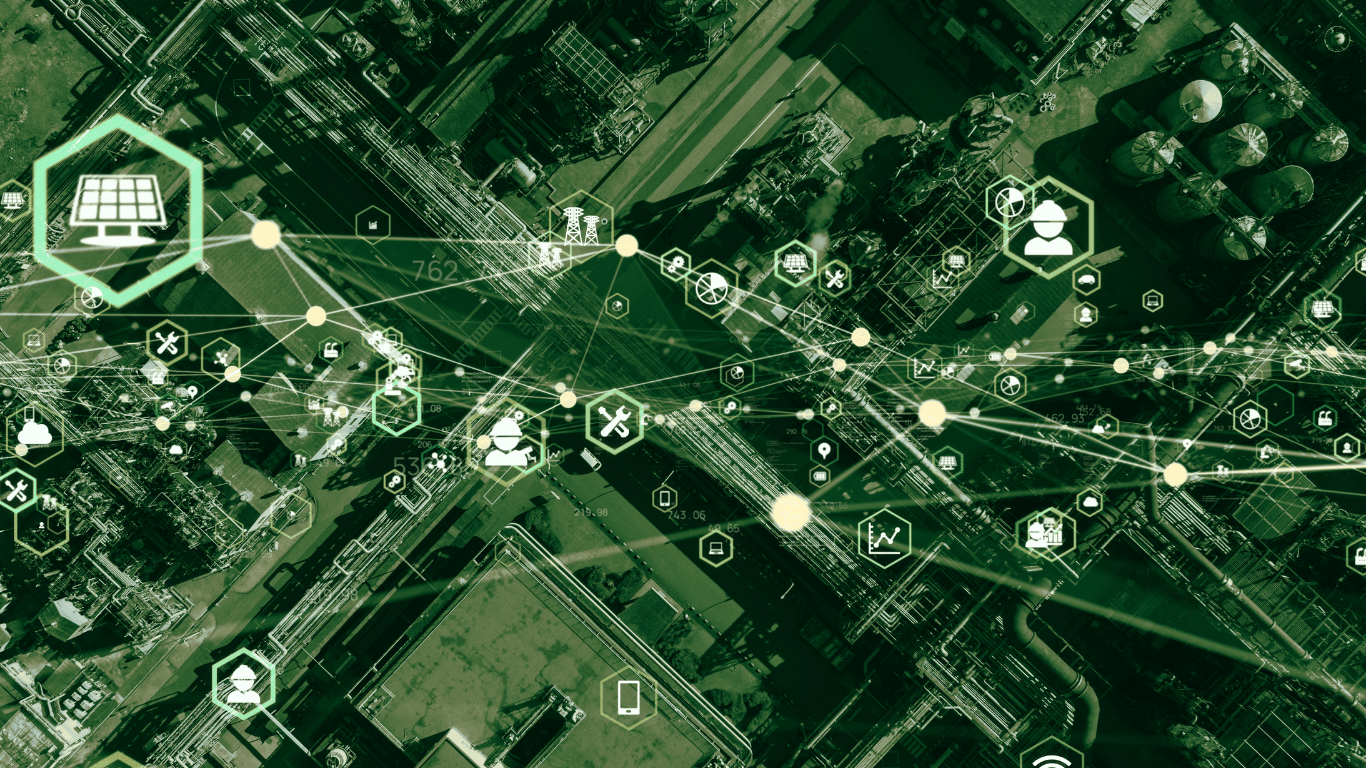13/06/2022
With insights from Getronics’ Chris Castro, here are the reasons we think the CSA has a long and rewarding career ahead—if they embrace technology in the right way.

Many think any new technology will affect the life of the Customer Service Agent, or CSA, in a negative way. Smart technology, the digital workplace, automatable processes: every breathless media article claims the human touch is no longer needed, and that staffing levels in contact centres will fade away.
And yet Call Centres are screaming for employees, and quality of customer service is frequently the only real differentiator between brands. Making the CSA’s role more important over time, not less. Ask any agent if the genuinely important bits of their job—soothing frazzled customers, solving problems as a team, seeing issues in context—are easily outsourced to software. They’ll laugh (politely) in your face.
And that’s the point. Far from being replaced by robots, the customer-facing job of the Service Agent has a bright future. New technologies aren’t hastening their demise . . . but empowering them to achieve more in their jobs, with more effective use of time and resources.
Far from being replaced by robots, the customer-facing job of the Service Agent has a bright future.
Insight 1: CSAs work in a team-based environment
The end customer often thinks the voice on the phone works alone. Sitting in front of a screen, answering calls and taking tickets, then working through a list of actions in order. A solitary role. But nothing could be further from the truth.
In reality, the best customer service departments are intensely collaborative. They work in a shared space so they can see who’s busy and who’s ready for more. They get to know each other personally, so they can move tickets to the agent with the best skills for the task. Above all, they foster a that “we’re all in this together”: a sense of joint enterprise that gives every worker the opportunity to do their best as part of a smoothly operating team.
(Psychologists call such teams “performing”, a stage that comes after “forming” (coming together) “storming” (working things out) and “norming” (settling into established ways of working).
What impedes these high-performance environments in the modern world? The simple fact that many CSAs are working from home—or at least in a much less populated department, without the buzz and context of people working together. That’s the first way technology can empower the CSA: bringing back that sense of community.
With broader bandwidth and higher fidelity audio and video, the experience of talking with colleagues becomes more like face-to-face, with life-size images of your colleagues now possible. Smarter cloud-based applications, with near-zero latency for real-time actions like annotating and whiteboarding, let a CSA stay appraised of the situation in the room even when the “room” is spread between a hundred locations. Even VR is making inroads, with Smart Spaces enabling seamless collaboration between office-based workers and those working remotely. It’s all a long way from a headset and notepad.
For remote workers, smart technology can bring back a sense of the workplace. And that’s good for teamwork—and morale.
Insight 2: People are happiest when doing what they’re good at
Again on morale, our second insight answers a basic human need: the desire to be competent. It may not be fun to be faced with tasks above your skill level. But in many ways it’s even worse to be constantly assigned work below your level.
In a famous book, researcher Mihali Csikszentmihalyi called it “Flow”: how you feel when you’re doing challenging work that you’re also really, really good at. In flow, people deliver excellent outcomes, simply because they feel a real connection with the work that makes them happy. And worker happiness is good for the bottom line.
Technology can help here, too. Skills-based routing, bringing the smarts of AI to the digital workplace, does more than assign trouble tickets according to urgency and availability—it actively looks for agents with the best fit of skills for the query type, and stacks the workflow accordingly. It leads to more single-call solutions, in less time per contact session.
So that’s another reason to adopt such technologies: they make workers feel better about themselves. Starting to notice a pattern here? Technology that enables the CSA isn’t about bits and bytes, but about people.

Insight 3: Self-management is as useful as active management
Contact Centres, helpdesks, and other service organisations can be hectic places. Because the optimum match of human resources to customer needs is necessarily “on the edge”: enough CSAs to answer all tickets in a reasonable time, but not enough to leave anyone with spare time on their hands. Which means that a slight uptick in volume can turn a busy room into a chaotic one in minutes.
Traditionally, staying on top of this environment has been a job of managers. But increasingly, technology is able to help CSAs self-manage. By giving them the same information and metrics available to the top table.
What sort of information? Start simple, with a real-time feed of who’s working and who’s on a break. Soup it up with indicators that show who’s coping with a known “difficult” customer so escalation or moral support can be offered. And share solutions to common problems so one CSA’s expertise can be leveraged to the benefit of the whole team.
Emerging technology is letting Customer Service Agents self-manage. Which is great for their sense of individual accomplishment, their professional development . . . and their mental health.
Insight 4: Many problems can be solved before they even happen
Technology has been used for “look-ahead”—predictive modelling—for a long time. And it’s never been moving faster than today. The reactive approach (addressing issues as they happen) and even the proactive one (making sure solutions are solved completely and for all time) are being improved further by preventive methods: rules-based AI and machine learning that sees what events lead to suboptimal outcomes, and analysing processes to minimise them.
This means looking at Big Data—so not a job for humans. But it makes the jobs of humans, like CSAs, much easier. Because they won’t be faced with the same trouble ticket again and again from different sources; they won’t waste hours repeating the same script or stepping through the same solution algorithm hour after hour.
Which makes for a less robotic and more rewarding life. Yes, it’s the people stuff again.
Conclusion
It might sound strange that more technology is leading to a warmer, more human-centric way of working for the CSA. But that’s what technology does best: automate what’s automatable, like standardised processes and low-level, sub-L1 administrative details. Humans find these tasks soul-crushing. So why not assign them to machines, and free your CSAs for things that actually give them a buzz?
There’s plenty of scope for creativity and fresh thinking the CSA role—and these are the things that make us human. You’ll find the service desk technologies that enable this in Getronics’ Digital Workplace Portfolio. Take a look now—and when you’re ready, contact us.





